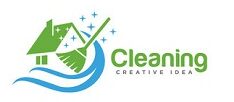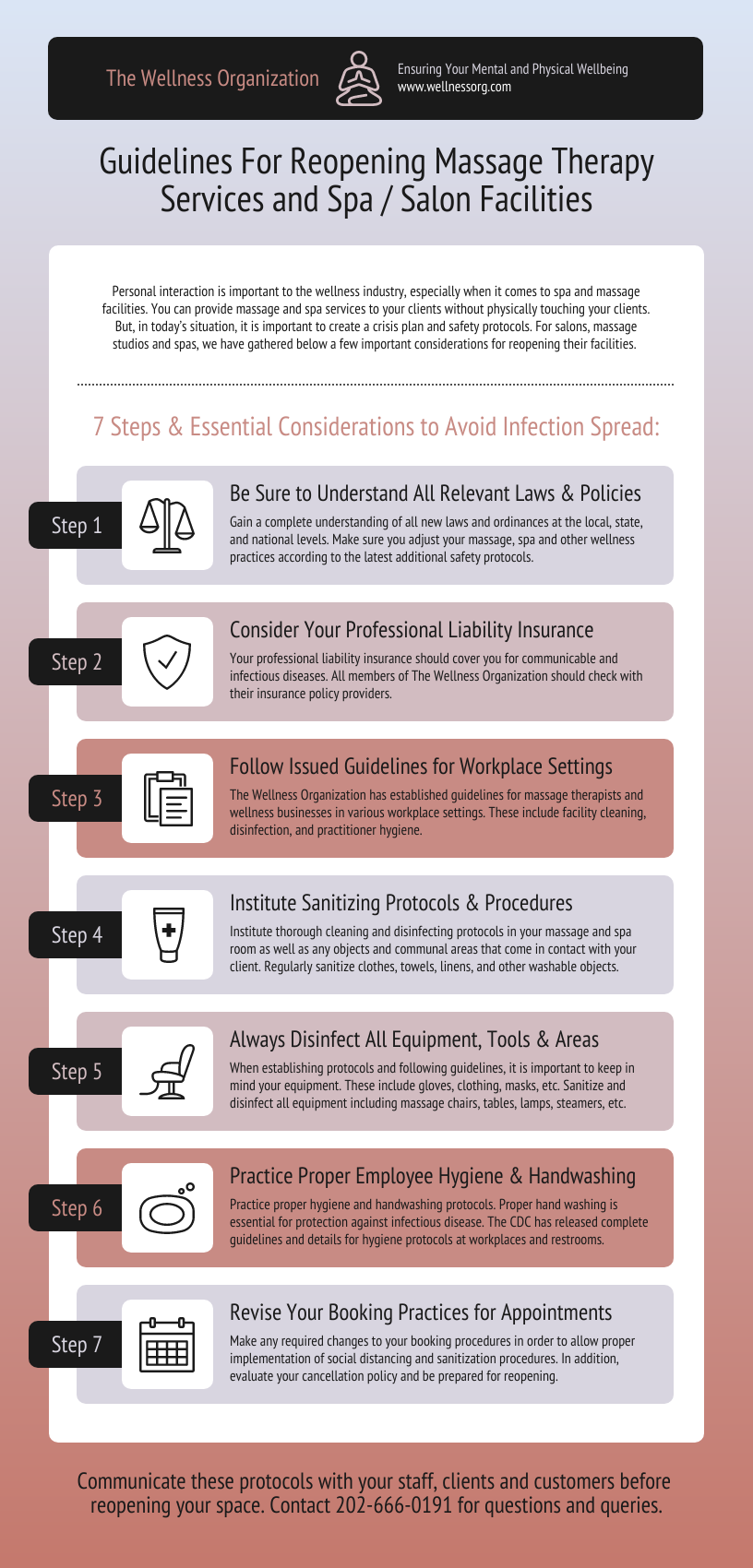Introduction
Cleaning is an essential task that ensures the maintenance of hygiene and cleanliness in various environments. Whether it’s in our homes, workplaces, or public spaces, cleaning plays a crucial role in preventing the spread of diseases and maintaining a healthy environment. However, it is equally important to prioritize safety protocols while carrying out cleaning activities to protect both the cleaners and the people around them.
1. Ensuring Personal Protective Equipment (PPE)
One of the key safety protocols in cleaning is the use of personal protective equipment (PPE). This includes items such as gloves, masks, goggles, and aprons. PPE acts as a barrier between the cleaner and potentially harmful substances, preventing direct contact and reducing the risk of exposure to chemicals, pathogens, or allergens.
2. Proper Handling and Storage of Cleaning Chemicals
Cleaning often involves the use of various chemicals that can be hazardous if not handled properly. Safety protocols emphasize the importance of understanding the correct usage, dilution, and storage of cleaning chemicals. Labels should be read carefully, and instructions should be followed to minimize the risk of accidents, chemical burns, or inhalation of toxic fumes.
3. Adequate Ventilation

Proper ventilation is crucial during cleaning activities, especially when using cleaning agents that release fumes. Adequate airflow helps in dissipating harmful gases and prevents the accumulation of potentially hazardous substances in the air. Open windows, use of exhaust fans, or working in well-ventilated areas are some ways to ensure a safe environment for cleaners.
4. Training and Education
Implementing safety protocols requires proper training and education for cleaners. They should be aware of the potential risks associated with cleaning tasks and be trained on how to handle emergencies or accidents. Regular training sessions can help reinforce safety practices and keep cleaners updated with the latest guidelines and protocols.
5. Prevention of Cross-Contamination
Cleaning protocols should include measures to prevent cross-contamination, which occurs when bacteria, viruses, or other harmful substances are transferred from one surface to another. Proper cleaning techniques, such as using separate cleaning tools for different areas or surfaces, can help minimize the risk of spreading infections.
Summary
Ensuring safety protocols are in place during cleaning activities is of utmost importance to protect the health and well-being of everyone involved. These protocols include using appropriate personal protective equipment (PPE), following proper handling and storage procedures for cleaning chemicals, and implementing effective ventilation systems. By adhering to these safety measures, we can minimize the risk of accidents, exposure to harmful substances, and the spread of infectious diseases.
- Q: Why are safety protocols important in cleaning?
- A: Safety protocols are important in cleaning to protect individuals from potential hazards, prevent accidents, and ensure a healthy environment.
- Q: What are some common safety protocols in cleaning?
- A: Common safety protocols in cleaning include wearing personal protective equipment (PPE) such as gloves and masks, using proper ventilation, following correct chemical handling procedures, and practicing good hygiene.
- Q: How can safety protocols prevent accidents?
- A: Safety protocols can prevent accidents by providing guidelines for the safe use of cleaning equipment, preventing slips and falls, and reducing exposure to harmful chemicals or substances.
- Q: Why is it important to use personal protective equipment (PPE) in cleaning?
- A: Using PPE in cleaning helps protect individuals from exposure to potential hazards, such as chemicals or pathogens, that can cause harm or illness.
- Q: How can proper ventilation contribute to safety in cleaning?
- A: Proper ventilation helps remove airborne contaminants, improves air quality, and reduces the risk of respiratory problems for both cleaning personnel and occupants of the cleaned space.
- Q: What are the risks of improper chemical handling in cleaning?
- A: Improper chemical handling can lead to skin irritation, eye damage, respiratory issues, or even chemical burns. Following correct procedures ensures the safe use and storage of cleaning agents.
- Q: How does practicing good hygiene contribute to safety in cleaning?
- A: Practicing good hygiene, such as washing hands regularly and properly disposing of waste, helps prevent the spread of germs and reduces the risk of cross-contamination during the cleaning process.

Welcome to my website! My name is Ryan Broadby, and I am a professional Dry Cleaning Benefits Consultant. With years of experience in the industry, I have gained extensive knowledge and expertise in all aspects of vacuum innovations, brushes and tools, DIY equipment guide, and carpet cleaning gear.

